Orthodontic Headgear
Many people may think orthodontic headgear is an outdated device, but it remains necessary to achieve severe tooth and jaw correction in some cases and works wonders to perfect smiles. Luckily, Dr. Struhs has experience correcting even the most severe misalignments using orthodontic headgear in Parker and Castle Rock, CO.
What Is Orthodontic Headgear Used For?
Orthodontic headgear is used to treat various severe jaw and tooth misalignment issues that traditional braces alone generally can’t fix. The most common problems that orthodontic headgear helps solve jaw alignment issues such as overjets, or buck-teeth, underbites, crossbites, and open bites.
Headgear is generally used for children and adolescents whose mouths are still forming. It will help correct or prevent speech problems, difficulties eating and chewing, and even some breathing issues. Adolescent orthodontic care is a crucial part of any child’s development.
Types of Orthodontic Headgear
Tooth misalignment issues can be very different, and they should be treated as such. There are three main types of headgear that work to correct a patient’s specific alignment challenge in different ways. Our orthodontist will meet with you to determine which is best suited to your unique needs.
The three most common types of headgear are:
- Cervical Pull – Cervical pull headgear is the most common type, treating overbites and overjets by connecting to the braces and holding the upper teeth and jaw in place so the lower jaw can grow and shift forward.
- Reverse-Pull – Reverse-pull headgear corrects underbites and crossbites by pulling the upper teeth forward, aligning them to the bottom ones. This is accomplished by attaching to the braces via rubber bands.
- High Pull – High pull headgear isn’t used very often, but helps to fix open bites and advanced overbites and overjets. It works by attaching to the braces and pulling the top teeth back, preventing them from continuing forward tipping.
Does Orthodontic Headgear Hurt?
Many patients primarily report added discomfort in their gums, specifically the first couple weeks after the headgear is fitted. This discomfort comes from added pressure to the teeth in addition to their braces.
This additional discomfort is nothing to worry about, and it means the device is working. Oftentimes, it can be treated with over-the-counter pain medicine.
How Long Do You Have to Wear Orthodontic Headgear?
The length of time headgear must be worn varies depending on the severity of jaw and tooth misalignment, but patients should expect to wear it at least 12 hours per day for one to two years.
Failure to wear orthodontic headgear the prescribed amount of time can cause the teeth and jaw to begin reverting to their original misalignment. This shifting can occur in as little as 24 hours of not wearing the headgear and will cause more discomfort when it is worn again. It is important to follow all recommendations we give you.
During your consultation, Dr. Struhs will detail your treatment plan, giving you a better idea of your alignment timeline.
Tips for Wearing Orthodontic Headgear
Some of the general instructions we suggest that you follow include:
- Use care when you remove your headgear to avoid injury to your lips and cheeks, and to prevent damaging your appliance.
- Never remove your headgear before the straps are disconnected.
- Never lift the headgear over your face.
- Never wear your headgear while playing sports.
When you visit our orthodontist, be sure to bring your headgear with you to your appointment. During these visits, we can tell you what you can do to care for your headgear more effectively, and we will also answer any questions you have.
Orthodontic Headgear in Parker and Castle Rock, CO
No matter your specific misalignment trouble or alignment goal, we can help achieve your dream smile.
Call us today at 303-841-2262 or make an appointment to sign up for a FREE consultation and we’ll help you determine whether headgear is the right solution for you and your orthodontic needs!
